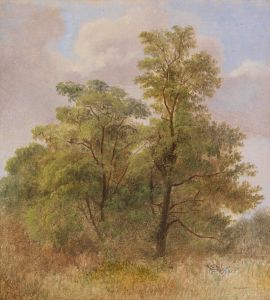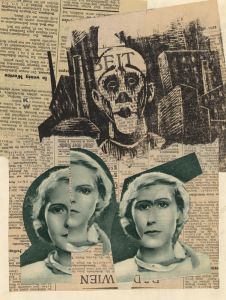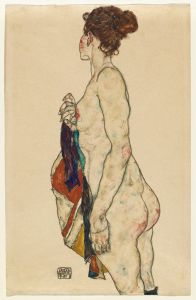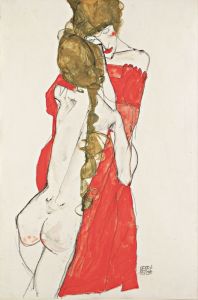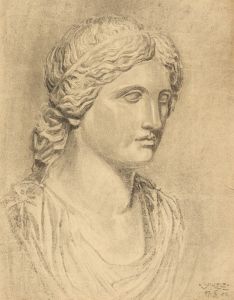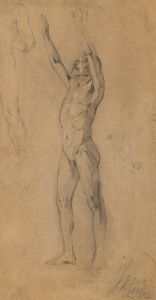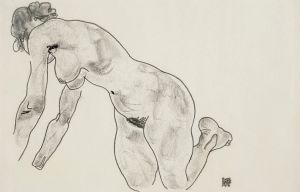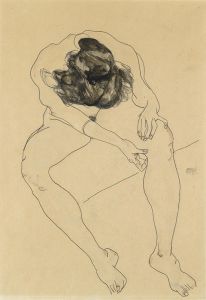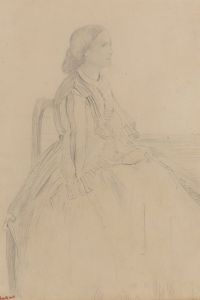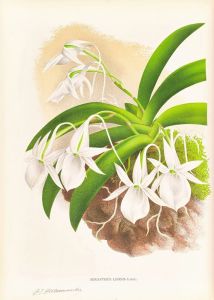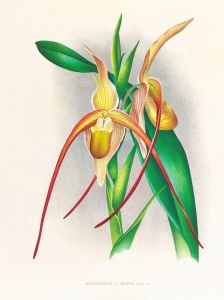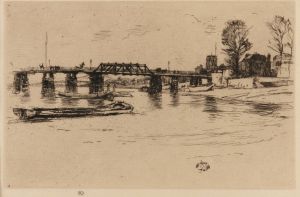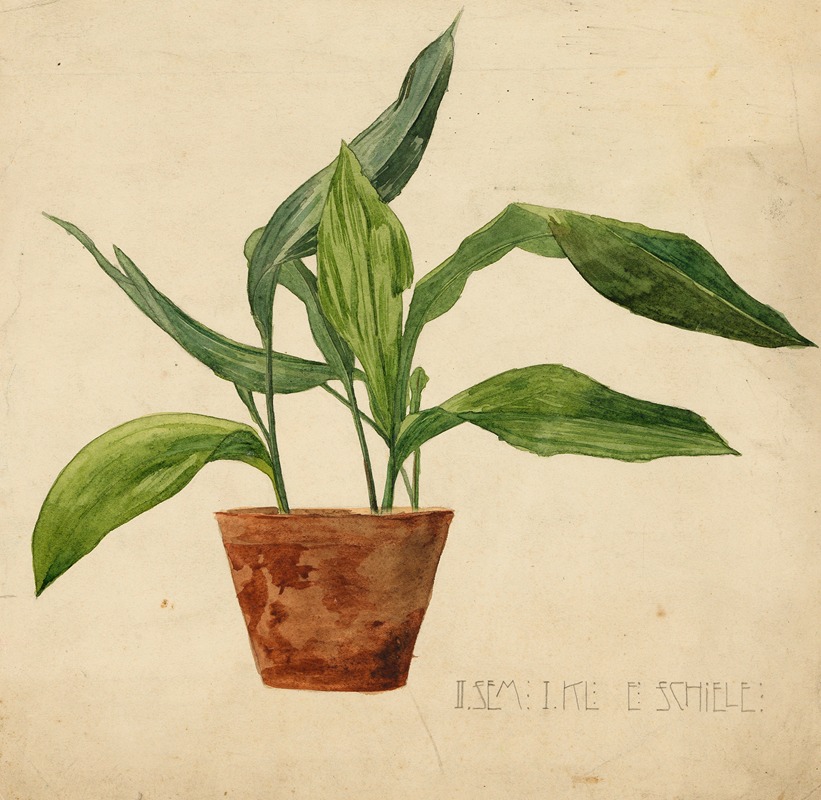
Topfpflanze
A hand-painted replica of Egon Schiele’s masterpiece Topfpflanze, meticulously crafted by professional artists to capture the true essence of the original. Each piece is created with museum-quality canvas and rare mineral pigments, carefully painted by experienced artists with delicate brushstrokes and rich, layered colors to perfectly recreate the texture of the original artwork. Unlike machine-printed reproductions, this hand-painted version brings the painting to life, infused with the artist’s emotions and skill in every stroke. Whether for personal collection or home decoration, it instantly elevates the artistic atmosphere of any space.
Egon Schiele, an Austrian painter known for his distinctive style and contribution to early 20th-century art, created a variety of works that included portraits, landscapes, and still lifes. One of his lesser-known works is "Topfpflanze," which translates to "Potted Plant" in English. This painting is a part of Schiele's exploration of still life, a genre that he approached with the same intensity and emotional depth as his more famous figurative works.
"Topfpflanze" exemplifies Schiele's ability to infuse everyday subjects with a sense of vitality and tension. The painting likely features a potted plant, rendered with Schiele's characteristic bold lines and expressive use of color. His approach to still life often involved a focus on the structural elements of the subject, emphasizing form and composition over realistic representation. This method allowed Schiele to convey a sense of movement and life, even in inanimate objects.
Schiele's work is often associated with the Expressionist movement, which sought to convey emotional experience rather than physical reality. In "Topfpflanze," this is evident in the way the plant is depicted, possibly with exaggerated forms and a dynamic composition that draws the viewer's eye. The use of color in Schiele's still lifes is also notable; he often employed a palette that was both vibrant and somber, creating a contrast that heightened the emotional impact of the piece.
The context of Schiele's life and career provides insight into the significance of "Topfpflanze." Born in 1890, Schiele was a contemporary of Gustav Klimt and was influenced by the Vienna Secession, a group that sought to break away from traditional artistic conventions. Schiele's work often explored themes of sexuality, death, and the human condition, and while "Topfpflanze" may not directly address these themes, it reflects his broader interest in exploring the essence of his subjects.
Schiele's career was tragically cut short by his death in 1918 at the age of 28, due to the Spanish flu pandemic. Despite his brief career, he left behind a substantial body of work that continues to be celebrated for its intensity and innovation. "Topfpflanze," like many of his works, demonstrates his unique ability to capture the essence of his subjects, whether human or botanical, with a raw and unfiltered emotionality.
While specific details about "Topfpflanze," such as its exact date of creation or current location, may not be widely documented, the painting remains a testament to Schiele's skill and vision as an artist. His ability to transform a simple potted plant into a subject of intrigue and emotional depth speaks to his mastery of the still life genre and his enduring influence on modern art.





